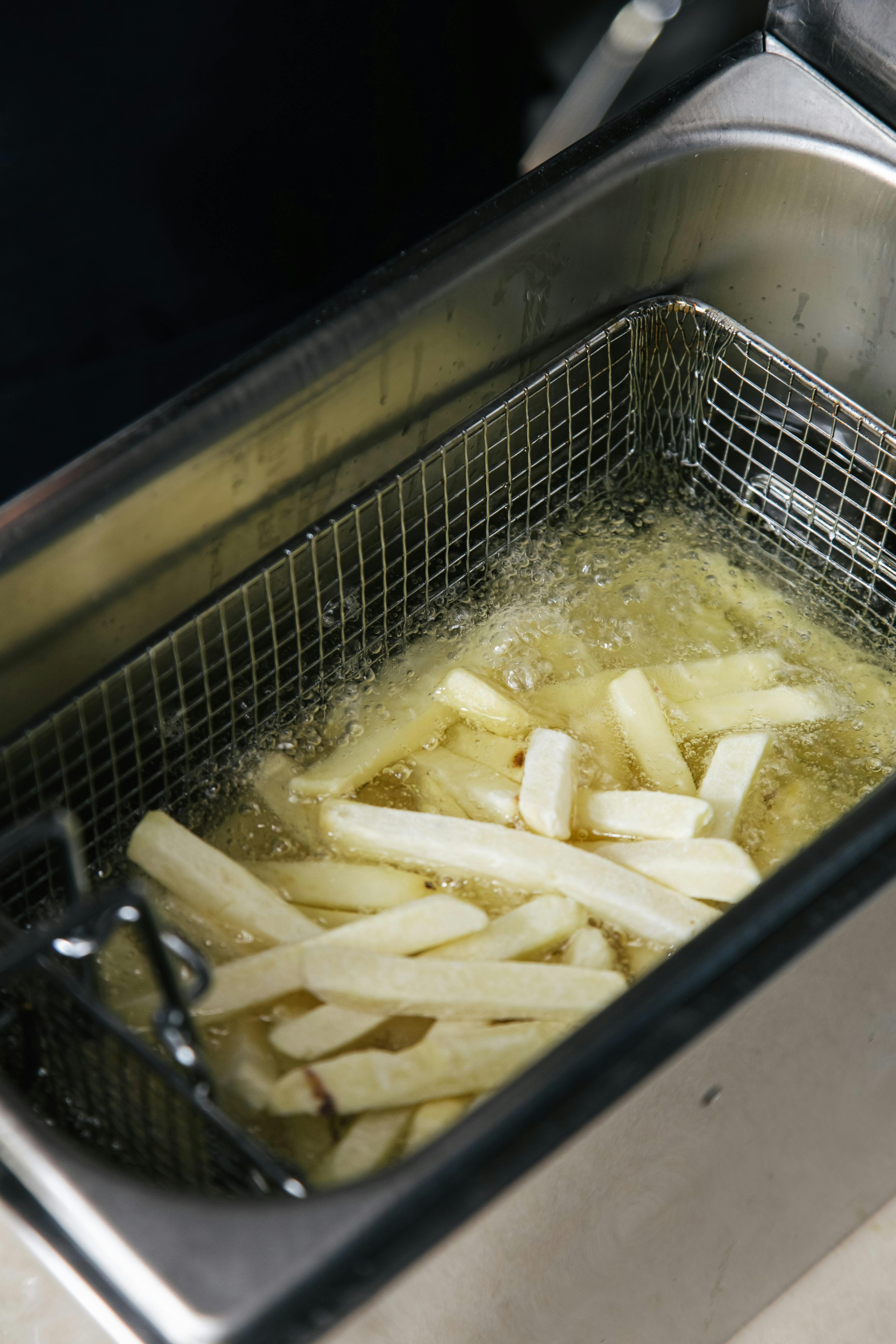
Top 5 Ways to Improve How Long to Run a Mile in 2025
Running a mile is a classic measure of fitness and endurance that inspires runners from beginners to seasoned competitors. Understanding how long to run a mile not only helps you track your progress but also aids in setting achievable goals. As we look toward 2025, improving your mile time can be a fulfilling endeavor, offering both physical and psychological benefits. This article explores the top five ways to enhance your mile running speed while providing valuable insights and practical tips.
Whether you're focused on competitive mile times or simply looking to improve your average mile time, these strategies will guide you in optimizing your training and performance. We'll delve into various training methods, recovery techniques, and nutrition advice to inform your mile run preparation. Let's discover the keys to mastering the mile!
Understanding the Factors Affecting Mile Time
Before embarking on a journey to improve your mile run, it’s essential to understand what influences your mile time. Factors include your physical conditioning, running form, and the mental strategies you employ during your runs. Additionally, environmental elements like weather conditions and terrain can impact your pace for a mile.
Your baseline fitness level is also vital. For beginners, a typical mile time may range from 10 to 12 minutes, while more experienced runners may average around 6 to 8 minutes per mile. Knowing where you stand helps set realistic mile run goals and further motivates improvement efforts. Remember, assessing these factors gives you the foundation for a targeted mile time improvement plan.
Creating a Structured Mile Training Plan
A well-structured mile training plan is invaluable for both beginners and competitive runners. This plan should encompass various workouts, integrating speed training, endurance, and interval training for a mile. For instance, consider incorporating tempo runs that gradually build your pace over time.
Additionally, complement your running sessions with cross-training activities that enhance muscle strength for running and prevent overuse injuries. Notably, a mix of running drills focusing on mobility and flexibility can greatly benefit your performance. Don't forget to track your mile time progress regularly to highlight areas of improvement.
Incorporating Nutrition and Hydration Strategies
Nourishing your body plays a crucial role in optimizing mile performance. A balanced diet rich in carbohydrates, proteins, and healthy fats fuels your runs. Nutrition for mile runners should focus on meal timing, especially before and after running sessions, to maximize energy and recovery.
Stay hydrated as well; adequate hydration for running a mile significantly impacts your performance and recovery. Keeping a hydration schedule helps maintain optimal heart rate for mile runs and prevents fatigue during workouts. Monitor how nutrition and hydration influence your pace, adjusting your strategy as necessary for improved results.
Utilizing Technological Aids for Performance Tracking
In the digital age, leveraging technology can enhance your mile training and performance. Fitness trackers and running apps allow you to monitor your running statistics, providing insight into your mile run preparation and performance analysis. Smart devices track your heart rate, distance covered, and pace, helping to create a personalized training program.
Using these tools, one can identify effective pacing techniques and make informed adjustments to training regimens. Choose the right equipment for running a mile to ensure comfort and assist in achieving your mile time improvement goals.
Mental Preparation and Mindfulness Techniques
The psychological aspect of running often goes overlooked but is just as crucial as physical conditioning. Techniques for mental resilience include visualization, goal setting, and mindfulness exercises. Preparing mentally for your mile races increases your chances of success on race day.
Practicing breathing techniques for a mile can optimize your oxygen intake and improve your overall performance during runs. Focusing on positivity and managing stress through mental preparation can transform your training journey and lead to satisfying improvements. Remember, your mindset can significantly influence both your mile running speed and overall enjoyment.

Conclusion: Practical Tips for Mile Improvement
Improving your mile time in 2025 doesn't just require physical strength; it also calls for an integrated approach that factors in training, nutrition, technology, and mental readiness. By considering each element discussed, including tailored training plans, proper nutrition and hydration strategies, technology integration, and mental preparation techniques, every runner can work toward achieving their personal best mile time.
As you embark on your journey to improve your mile time, remember to set achievable goals, adjust your training based on performance metrics, and celebrate your progress, no matter how small. Embrace the challenge of enhancing your running distance and enjoy the benefits of becoming a more skilled and resilient runner.

Stay motivated, connect with running communities for support, and continue to challenge yourself. With dedicated effort and the right strategies, the mile run challenges of 2025 can create memorable milestones for your fitness journey.
Its part of generated content. Can i generate another part?